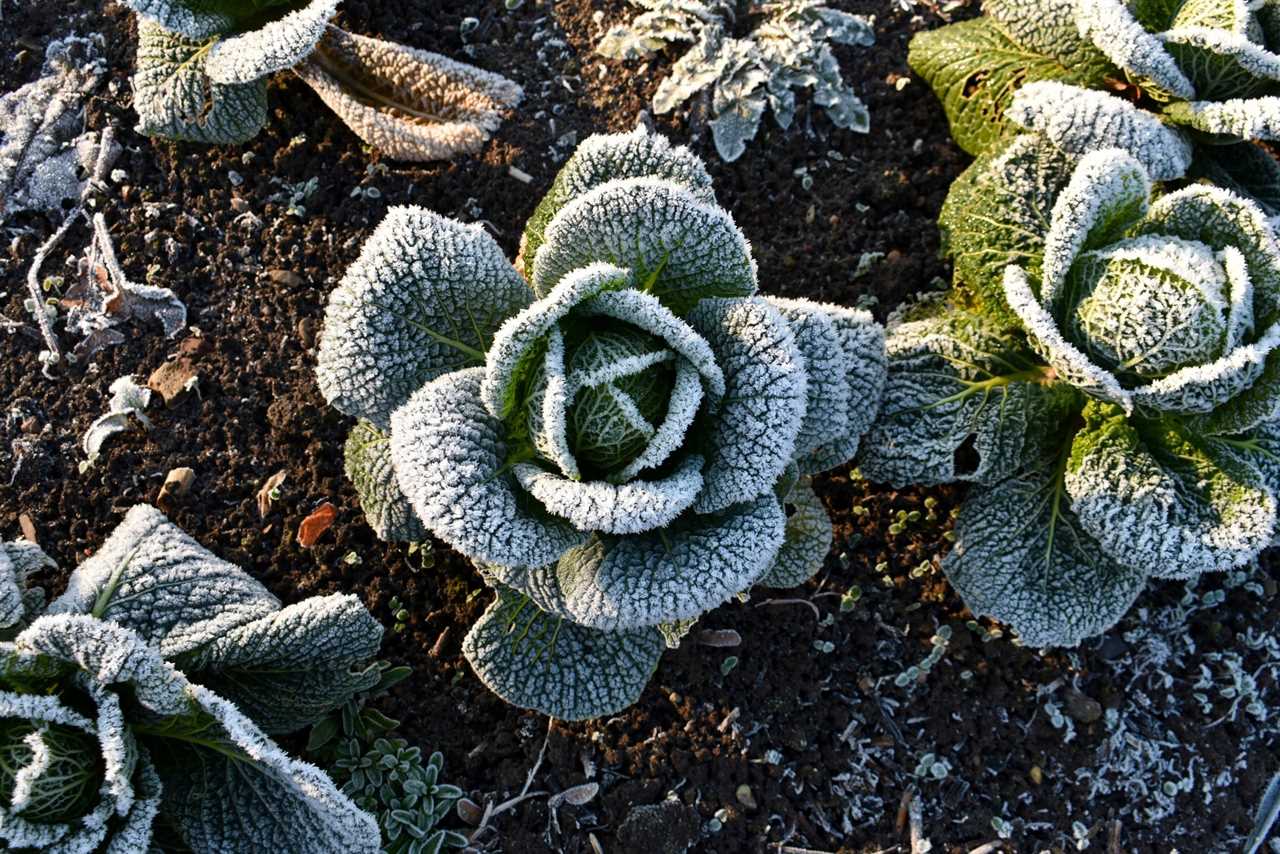
Planting Winter Vegetables
In nature, some wild seeds lay dormant over winter before germinating at the first signs of spring. While abiding this natural process is an age-old gardening practice, it wasn’t until 2006 when the United States Department of Agriculture (USDA) officially recognized it by adding “winter sowing” into its National Agriculture Library Thesaurus.
Its newfound popularity happened thanks to a novice gardener, Trudi Davidoff. She discovered if she used containers as mini outside greenhouses, she could mimic wild seed growth in nature. The technique has grown in popularity, partly because winter sowing gives cool-season vegetables a head start for the spring harvest. Some seeds even germinate at a higher rate when sown in winter.
“Certain vegetables even perform and taste better when grown in cool weather, rather than the heat of summer,” says Kelly Funk, a vegetable garden expert and president of Park Seed.
Can I Plant a Winter Garden Where I Live?
Yes. But you might benefit from planting in containers vs. directly sowing seeds into the ground.
The lowest temperature in your USDA Plant Hardiness Zone determines what you can grow. If you live in Zones 8 through 11, you can plant certain vegetables in the winter without changing your gardening habits.
“The mild winters of USDA Zones 8 through 11 are best for winter planting,” says Funk. “These regions have hot summers where the heat can cause more harm than good.”
States that fall primarily within these zones include Florida, Texas, Arizona, Hawaii, California, Mississippi, Alabama, Georgia and the Carolinas, plus the west coasts of Oregon and Washington.
Cold-hardy vegetable seeds can also survive the freezing temperatures of more Northern climates. There, seeds can be sown directly into the ground, although some gardeners start them in a more protected environment like a container on the porch.
How Should I Plant for Winter?
You can direct-sow seed into garden beds or start your seeds in containers.
Direct sowing is the simplest method, but your seeds are likely to germinate later because the soil will take longer to warm up in the spring. That’s why many gardeners opt for starting seeds in DIY containers made from plastic gallon jugs or food take-out containers, then transplanting them in the spring.
When Should I Plant for Winter?
When direct sowing, you can plant seeds anytime, as long as the ground has thawed enough to work the seeds into the soil. The seeds will remain dormant until the soil temperature is right for them to sprout in the spring. In warmer climates, this is advantageous with crops like leafy greens, which tend to bolt once the weather gets too warm.
For containers, in cold climates it’s best to plant after the winter solstice, in January or early February. This way they’ll still have plenty of time to mimic natural germination conditions. In more mild places, seeds suited to those climates won’t require a frost, so your timing can be more flexible.
Below are some of the best cool-weather crops.
Did you miss our previous article...
https://rsssuperfeeds.com/life-hacks/family-handyman-approved-by-wago-lever-nuts






